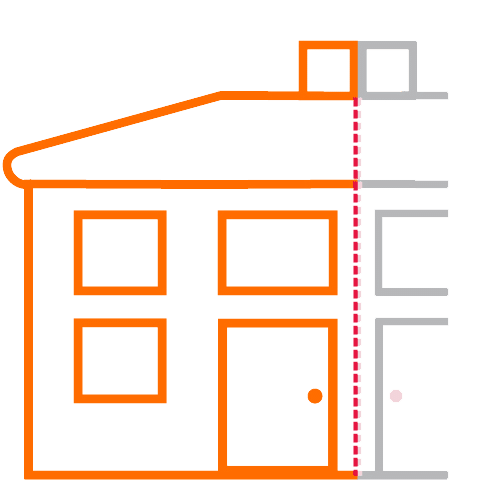Smart Heating Controls
Table of Contents
ToggleSmart heating controls are thermostatic devices connected wirelessly to your home’s heating system, allowing you to control your heating remotely through a smartphone, tablet, or other internet-connected devices. By providing greater control over your heating, smart heating systems can help you save money on heating bills and reduce energy consumption.
First Time Central Heating
First Time Central Heating grants are available for properties that have never had a central heating system installed. These grants cover the installation of boilers, radiators, pipework, and heating control systems for homeowners or tenants who meet specific criteria, improving energy efficiency and comfort.
Air Source Heat Pumps
An air source heat pump transfers heat from the outside air into your home, providing efficient heating through radiators or underfloor heating. This system can also heat your hot water for daily use, making it an eco-friendly solution that reduces energy costs and carbon emissions.
Flat Roof Insulation
Installing flat roof insulation can help you save as much on heating bills as traditional loft insulation. A layer of rigid insulation board is installed on or under the roof’s surface, with a weatherproof layer placed on top, improving your home’s thermal efficiency.
Solar PV (Photovoltaics)
Solar PV panels capture sunlight and convert it into electricity, enabling you to generate your own renewable energy at home. With the Smart Export Guarantee (SEG), you can earn payments for surplus electricity you generate and feed back into the grid. Solar panels are a sustainable and cost-effective solution for reducing electricity bills.
Internal Wall Insulation
By adding internal wall insulation, you can significantly reduce heat loss and lower heating bills, making your home more comfortable and energy-efficient. This insulation is particularly effective in older properties with uninsulated solid walls.
Loft Insulation
Around 25% of heat is lost through the roof in uninsulated homes, making loft insulation a key improvement for reducing energy loss and lowering heating bills. This simple upgrade can make a noticeable difference in energy efficiency.
Room in Roof Insulation
For homes with rooms built into the roof, room in roof insulation is designed to trap heat effectively, creating a thermal barrier. This type of insulation helps maintain a warm home while reducing energy usage and lowering energy bills.
Electric Storage Heaters
Electric storage heaters use thermal energy stored in ceramic bricks, heating them overnight and releasing heat during the day. While more expensive than gas heating, they can be an energy-efficient option for homes without access to mains gas.





